Fishing Boat in the Breakwater signed by Johann-Jakob Ulrich (1798-1877) oil on canvas circa 1837
At the summit of his art, inspired by his meeting with Theodore Gudin, Johann-Jakob Ulrich painted a magnificent and poignant painting. He describes the difficulty and danger of the fishermen in the Dieppe region.
Very beautiful composition, with a magical use of light, and a poignant subject, everything is present in this beautiful painting that tells us the reality of this dangerous profession that fishermen lived in the first third of the 19th century in the Dieppe region.
Sizes unframed: H 24.80 In. - W 30.70 In.
Sizes framed: H 31.49 In. - W 37.40 In.
Signed on the lower right by Johann-Jakob Ulrich and dated 1837.
In fine condition.
Biography:
Johann Jakob Ulrich (28 February 1798 – 17 March 1877) was a Swiss painter and graphic artist. He is primarily known for landscapes, although he did some figure paintings and still lives.
He was born in Andelfingen. His father, Johann Jakob Ulrich-Meyer (1769–1840), was a Cantonal clerk who later became a publisher. Due to the dangerous situation in the border region with France, he was sent to live with his grandparents in Weisslingen. Later, he attended schools in Winterthur and Zürich. Upon his father's advice, he initially trained to be a merchant, although he had already expressed a strong interest in art and was copying paintings. In 1816, after the troubles in France had concluded, he began working at the banking firm Paturle, Lepin & Cie in Paris.
He remained at the bank until 1823 but, in 1822, unable to ignore his true desires any longer, he started to frequent the studios of Jean-Victor Bertin, alongside Camille Corot. He also studied with Xavier Leprince and his brothers. Later he worked with Théodore Gudin in Dieppe and, in 1825, opened his own studio in Paris. From 1824, he was a regular exhibitor at the Salon des Artistes Français.
Between 1828 and 1830, with the support of the well-known penal reformer, Frédéric-Auguste Demetz who was also an avid art collector, he traveled throughout Italy and visited England several times from 1832 to 1835, where he was influenced by the works of John Constable. In the late 1830s, he settled in Zürich, although he continued to travel extensively. For a time, he shared a studio with his friend, the animal painter, Jacques Raymond Brascassat. In 1837, he married Dorothea Susanne von Schwerzenbach, from an old Zürich family.
By the mid-1840s, he was taking students, notably Rudolf Koller. Later, he began catering to popular tastes in subject matter but retained his personal style, expressed by lighting effects. He became a professor of landscape painting at the Eidgenössische Polytechnikum in 1855. The following year his wife died and he married her sister, Bertha. This began a period of almost nonstop traveling and, combined with eyesight problems, occasioned a decline in the quality of his work. After Bertha died in 1874, he retired from public life. He died in 1877 in Zürich.
References:
Schweizer Zeichnungen 1800-1850 aus dem Basler Kupferstichkabinett. Kunstmuseum Basel, 1991. (Exhibition catalog)
Sabine Schulze (Ed.): Gärten: Ordnung – Inspiration – Glück, Städel Museum, Frankfurt am Main & Hatje Cantz Verlag, Ostfildern 2006



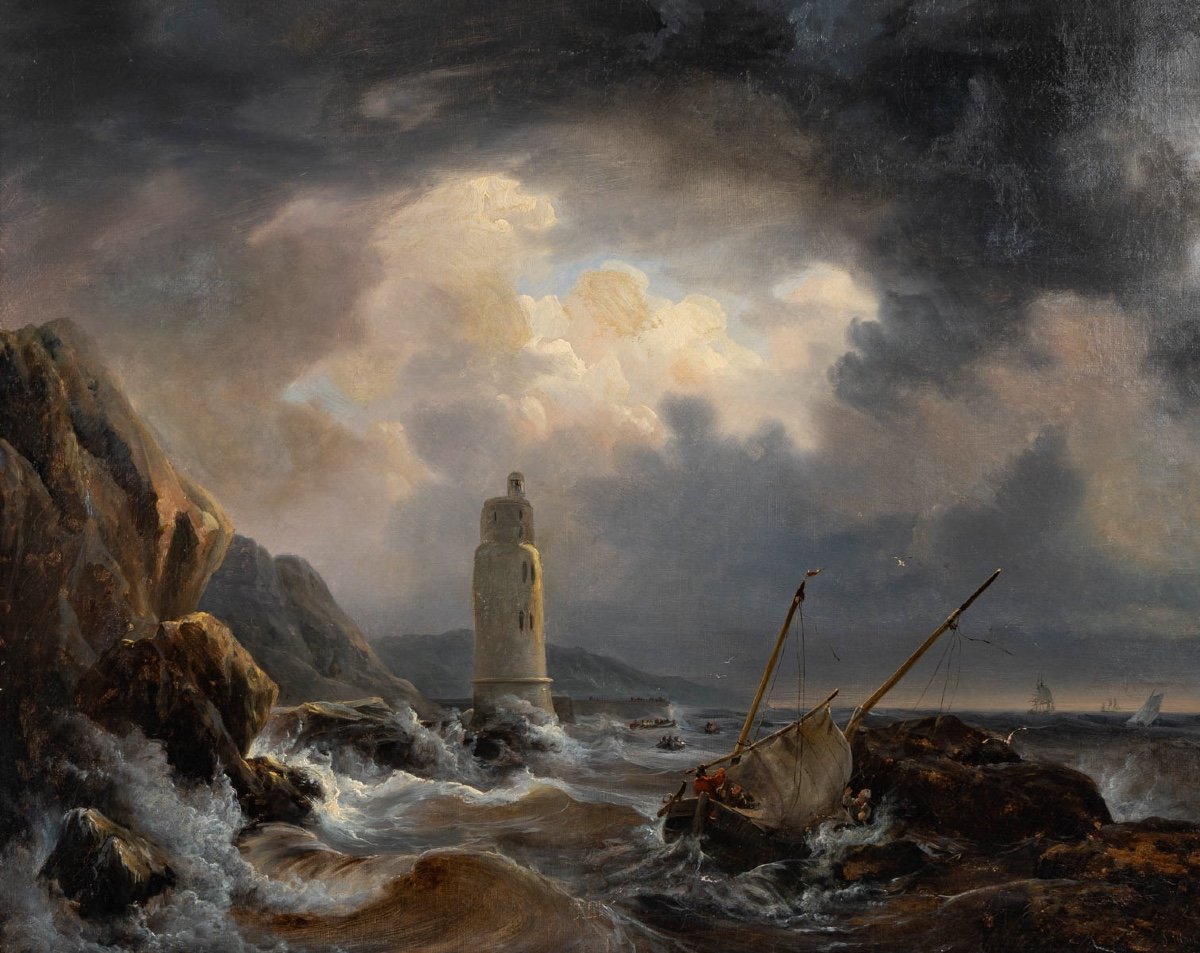
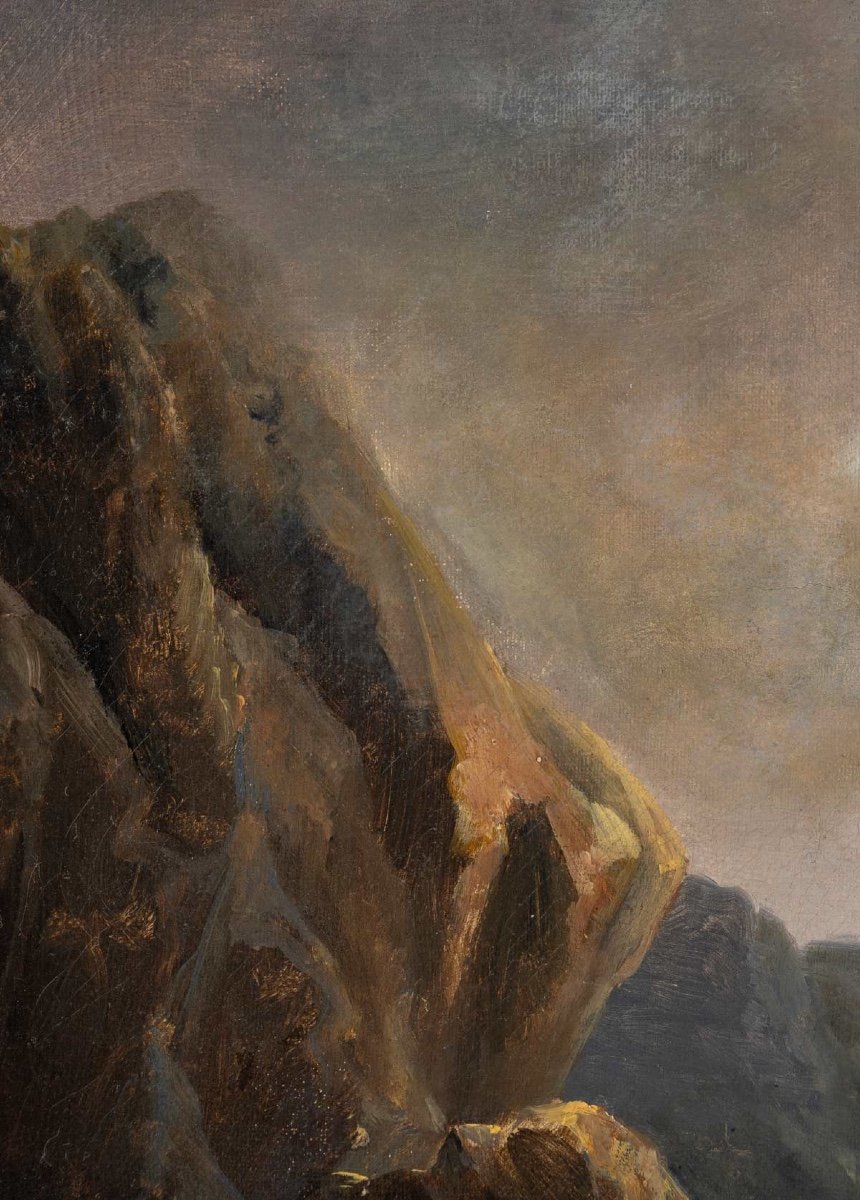
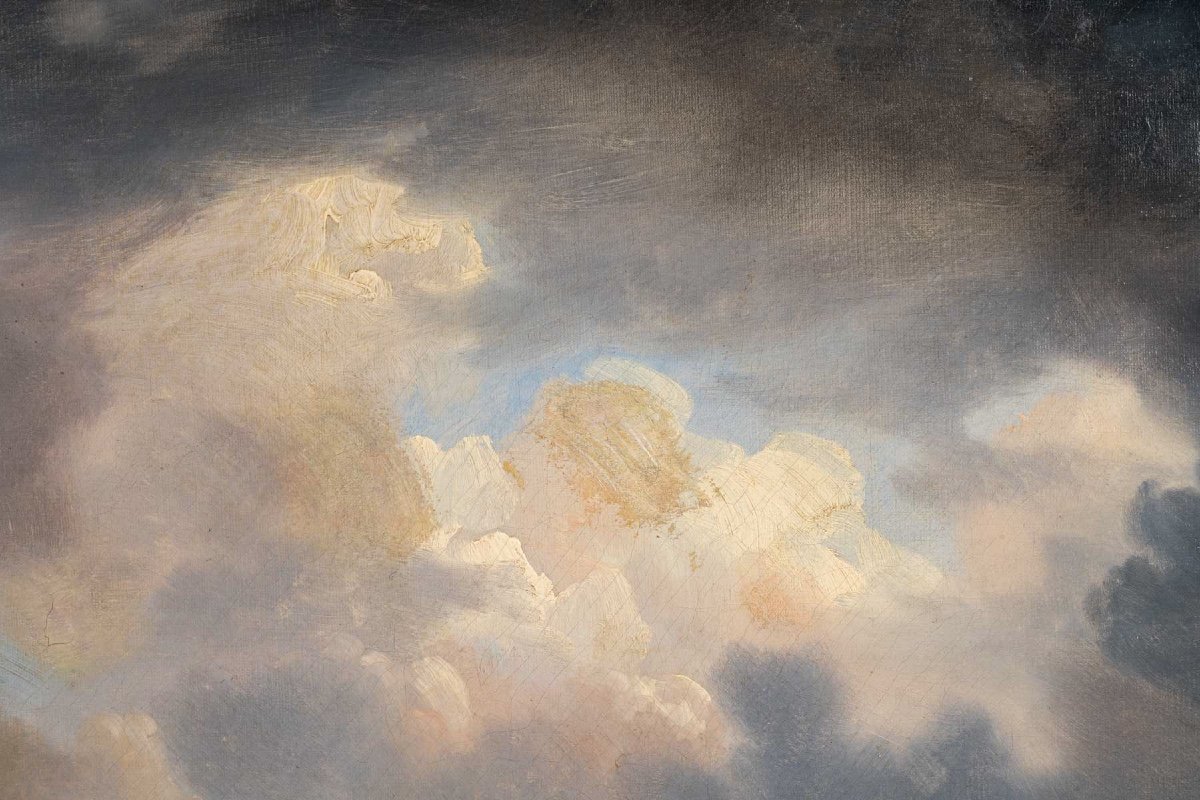
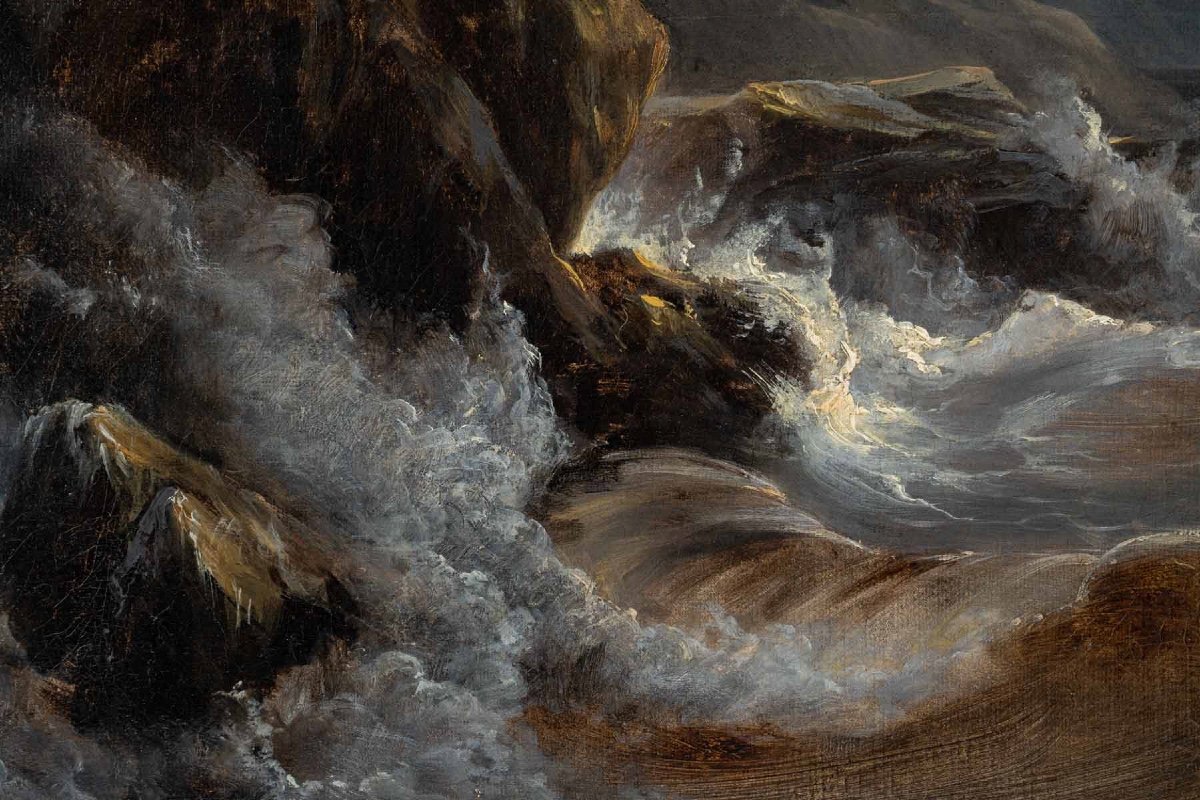
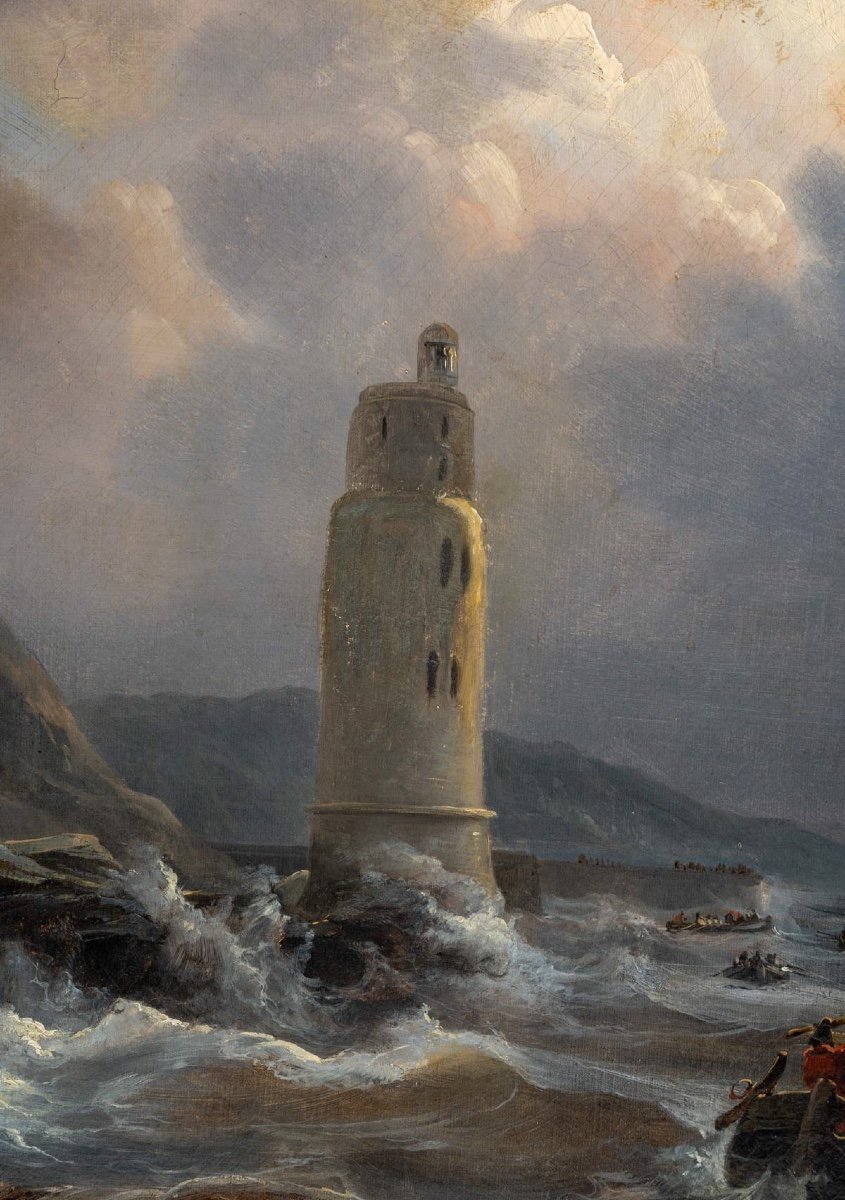
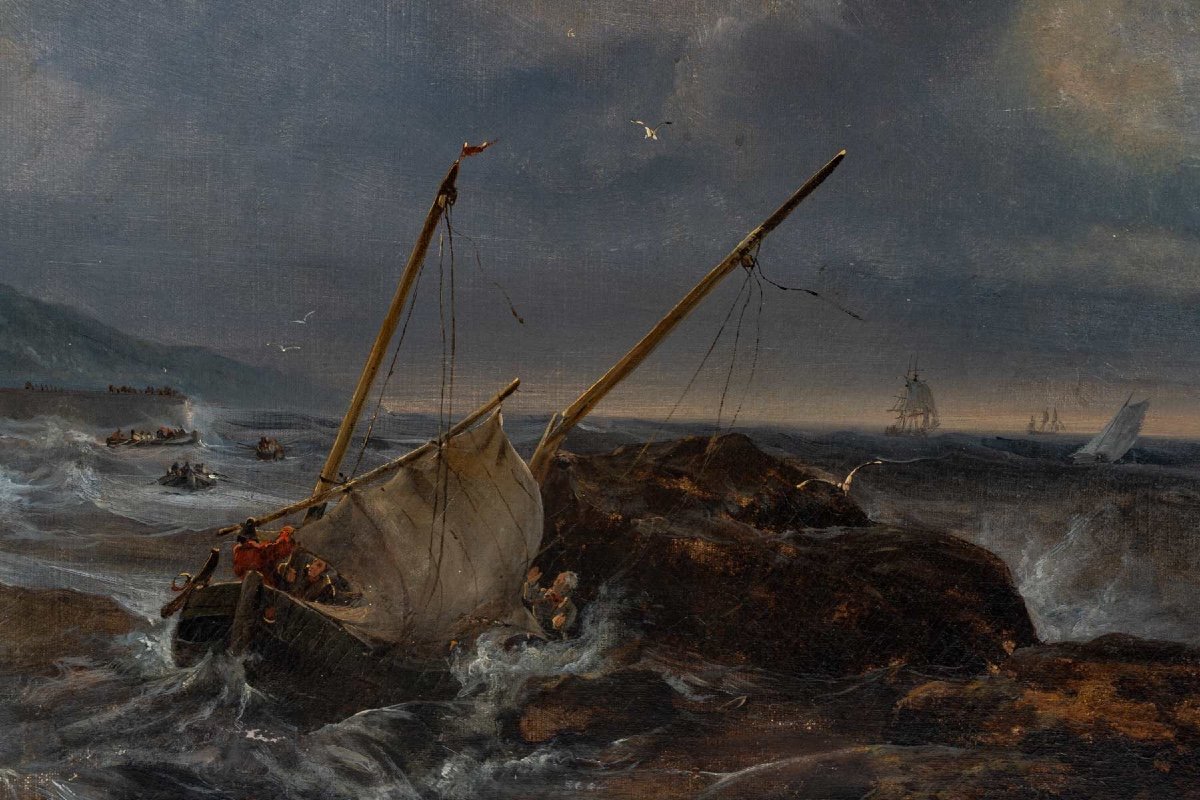
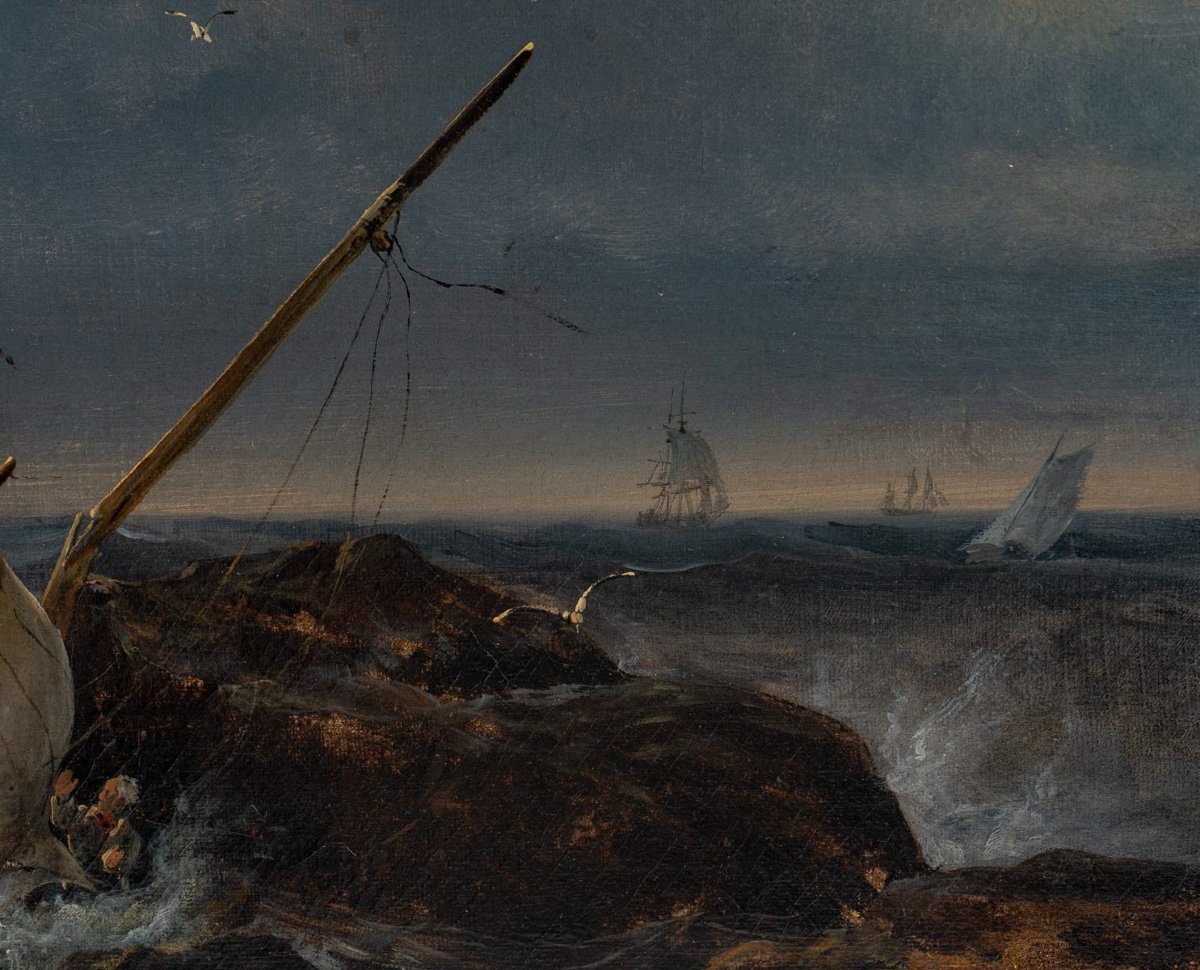
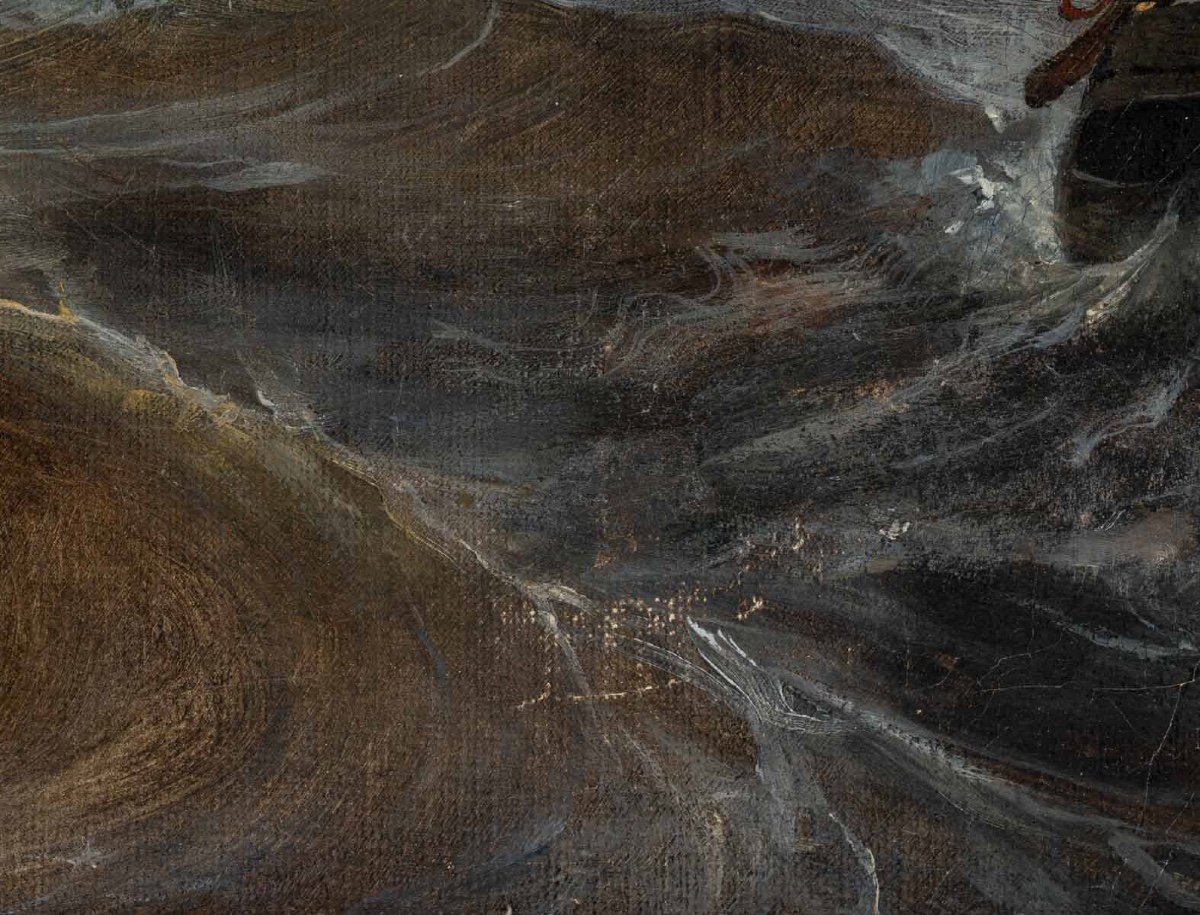
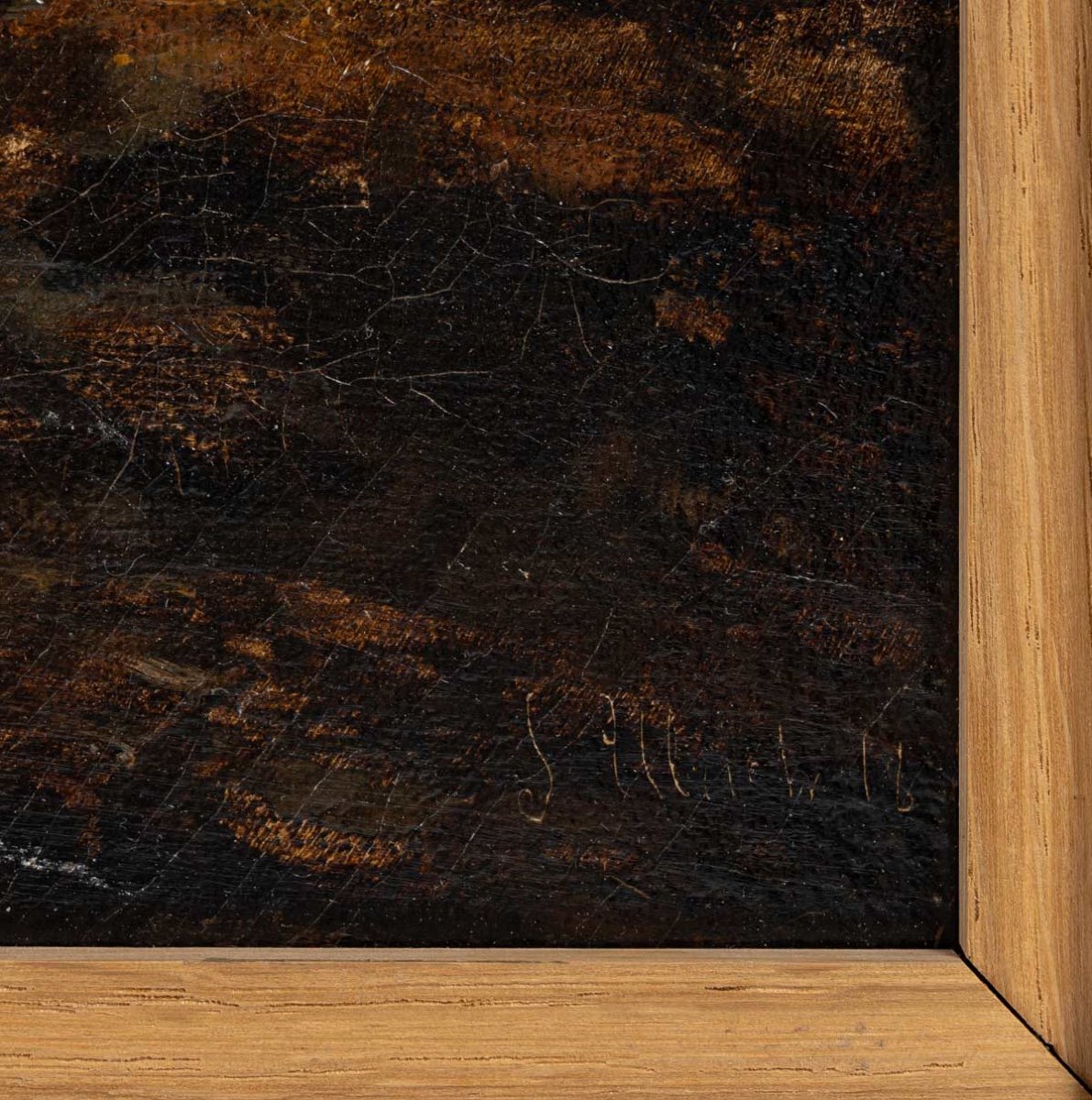
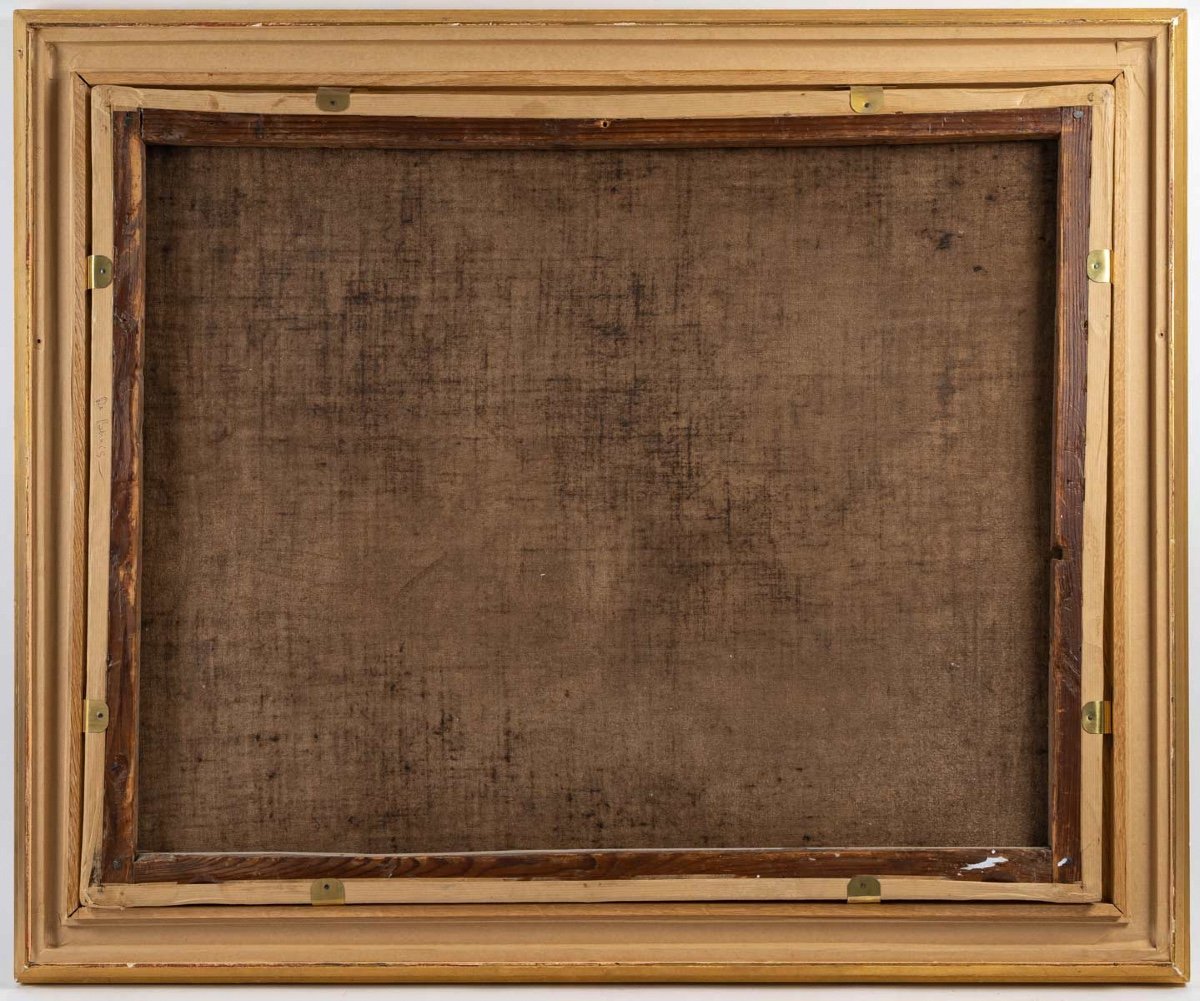
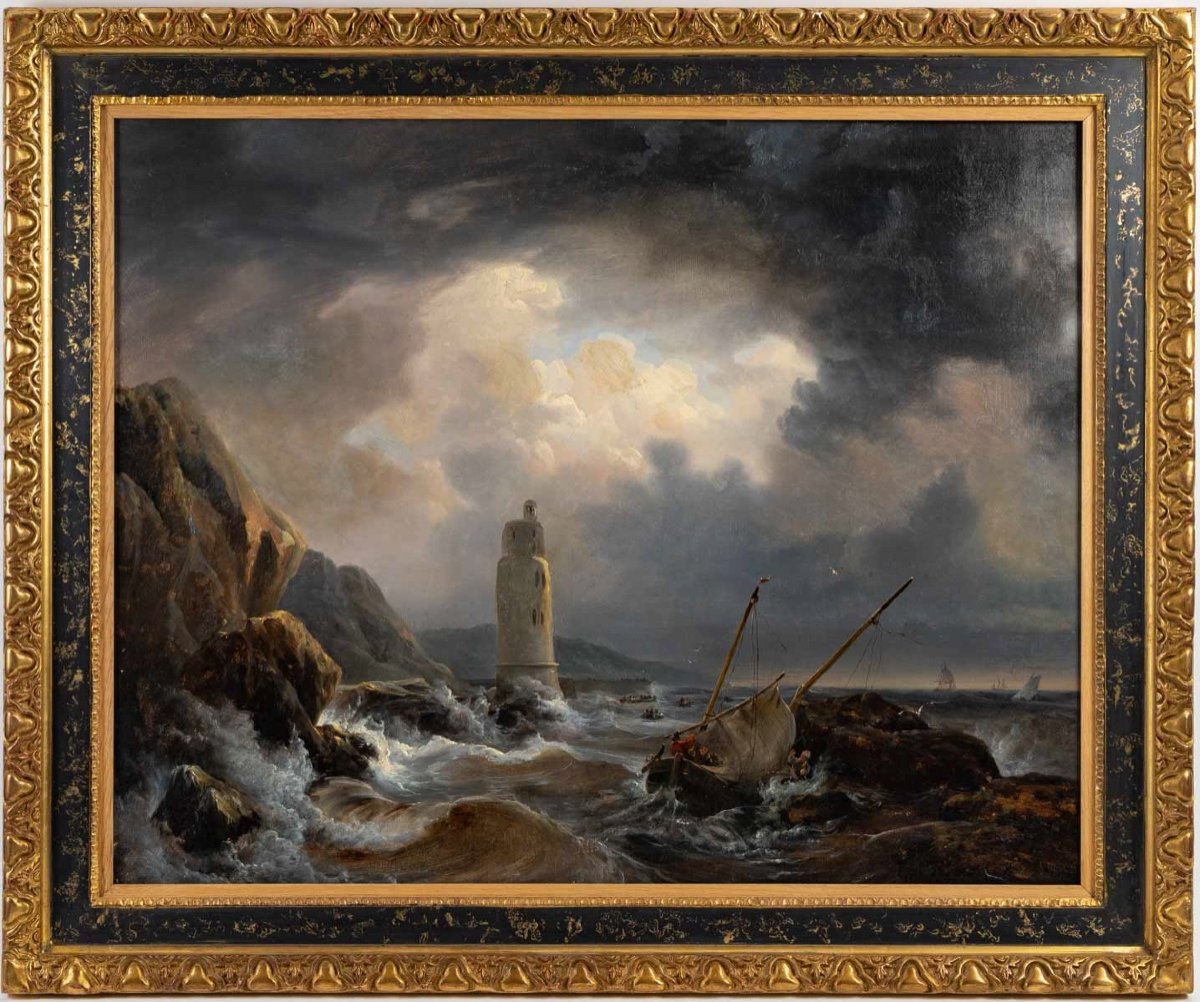
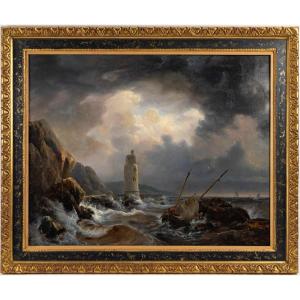















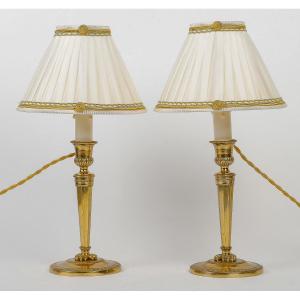
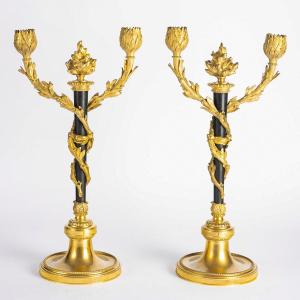








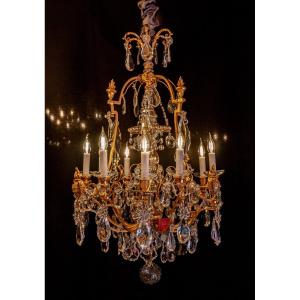
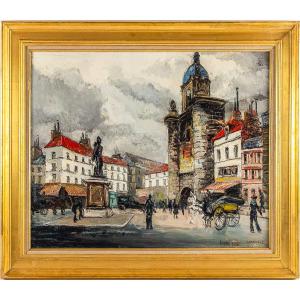



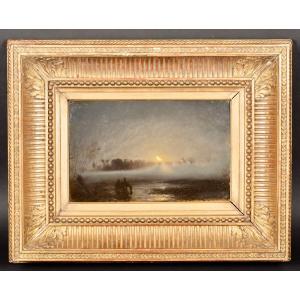
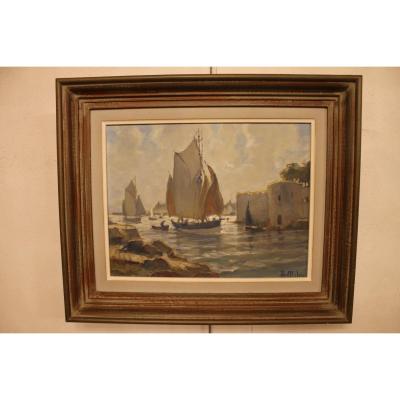



 Le Magazine de PROANTIC
Le Magazine de PROANTIC TRÉSORS Magazine
TRÉSORS Magazine Rivista Artiquariato
Rivista Artiquariato